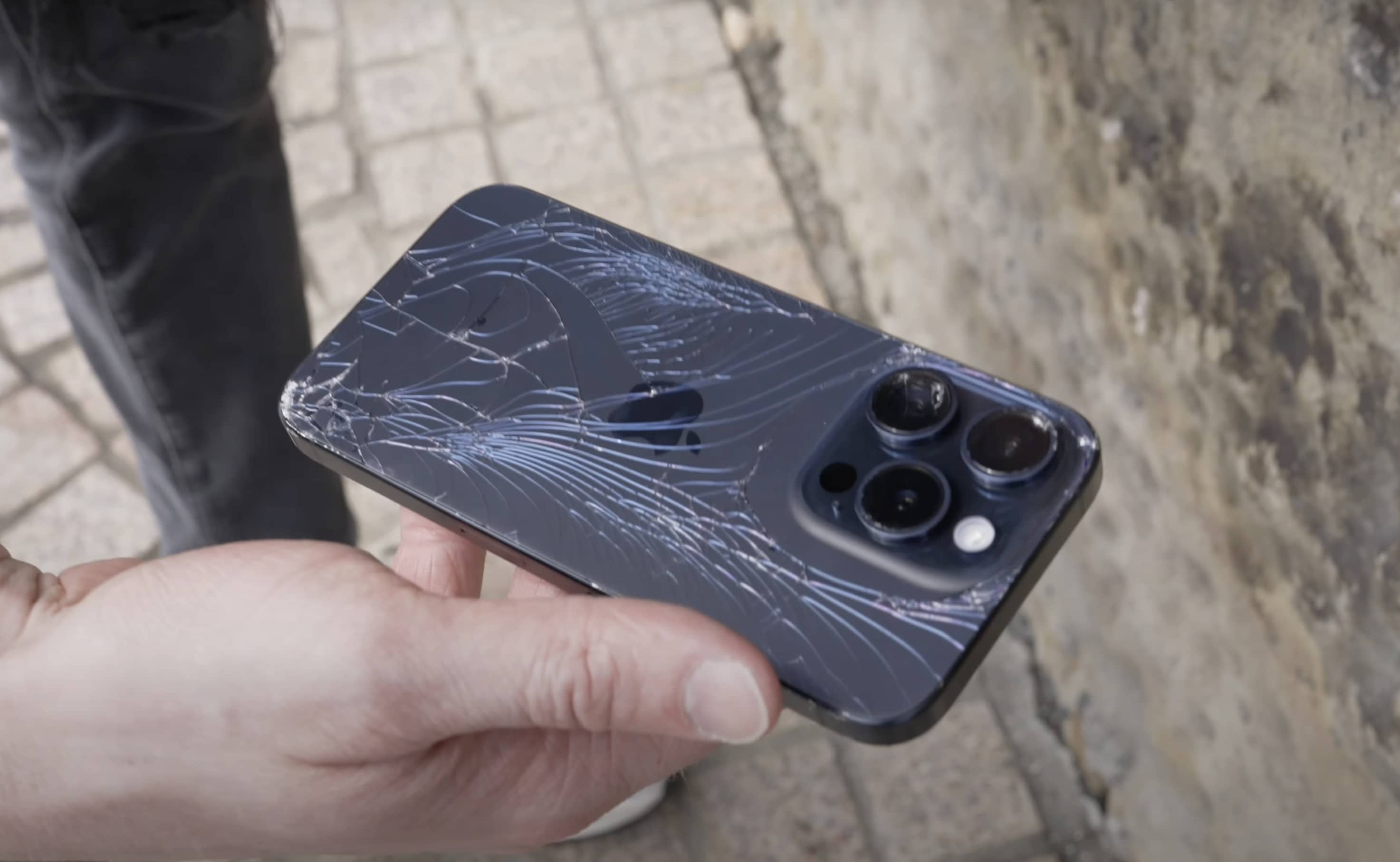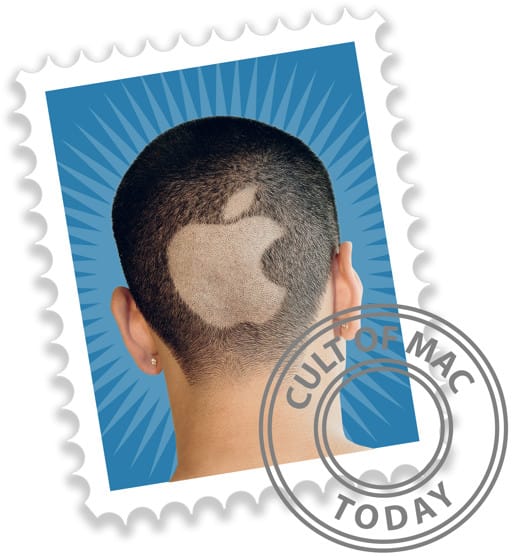Despite their sleek designs, Apple products boast impressive durability. And now, for the first time, the company has provided a look into one of its 200 durability labs, where it rigorously torture tests its products.
Apple conducts several types of trials on its devices, including environmental, liquid, drop and vibration stress tests.
Rigorous testing involves varying extreme conditions
Apple rarely provides an inside look into its testing labs to the media. In late 2023, it gave the press a sneak peek into its Apple silicon lab. This time around, the company provided the Counterpoint Research team with a tour of one of its durability labs.
As part of its environmental testing, Apple creates “worst case” scenarios in its labs. These tests cover a varying range of extreme conditions, keeping in mind the global availability of Apple products.
This includes “salt exposure tests running for as long as 100 hours, high light intensity exposure, and exposure to dust from the Arizona desert to analyze what happens when fine sand particles enter the iPhone’s speakers or the charging port,” according to Counterpoint Research. For AirPods, Apple even creates artificial sweat and earwax for testing the earbuds.
iPhones and Apple Watches carry an IP68 rating, making them dust- and water-resistant. So Apple uses a special IPX chamber to simulate challenging rain and water conditions for testing protection from dust and water ingress. As part of this, the company subjects its devices to high-pressure water from a distance and even puts them in a pressurized tank to simulate depth.
Additionally, Apple’s testers expose the devices to everyday liquid items such as sunscreens, juices and sodas.
Apple tests at least 10,000 iPhones before launch
For drop testing and to simulate varying scenarios, Apple developed a specialized robot. It drops devices from different angles and on different surfaces — like granite, asphalt and particle boards — to assess the impact of each fall. Plus, Apple engineers analyze every drop using a special app.
Lastly, there’s a vibration chamber, where Apple exposes its devices to different vibrating frequencies to assess their durability. Many of them simulate a real-world condition, like being on a motorcycle, to ensure the vibration doesn’t cause unwanted damage. The company even puts the Vision Pro headset through vibration tests.
Impressively, the report highlights that Apple tests its products at scale, putting at least 10,000 iPhones through these chambers before launch.


